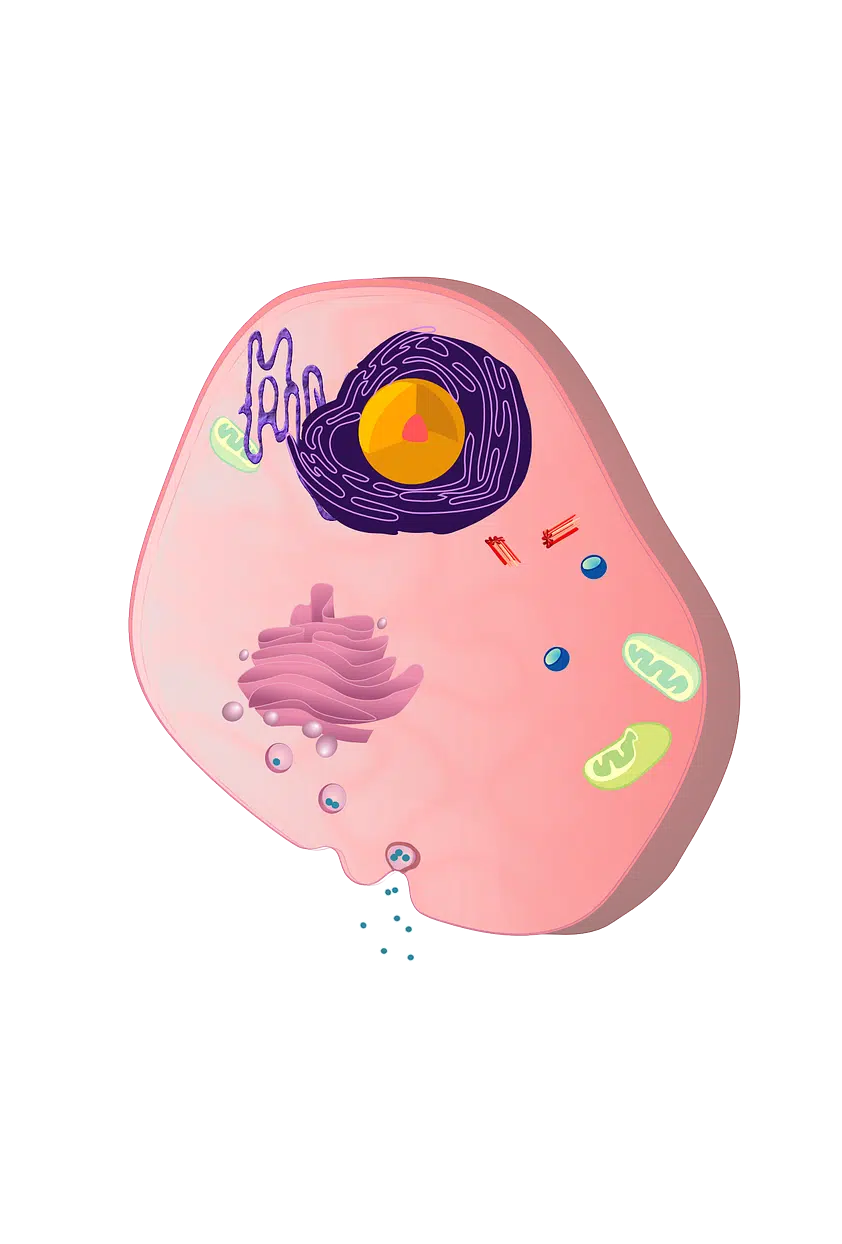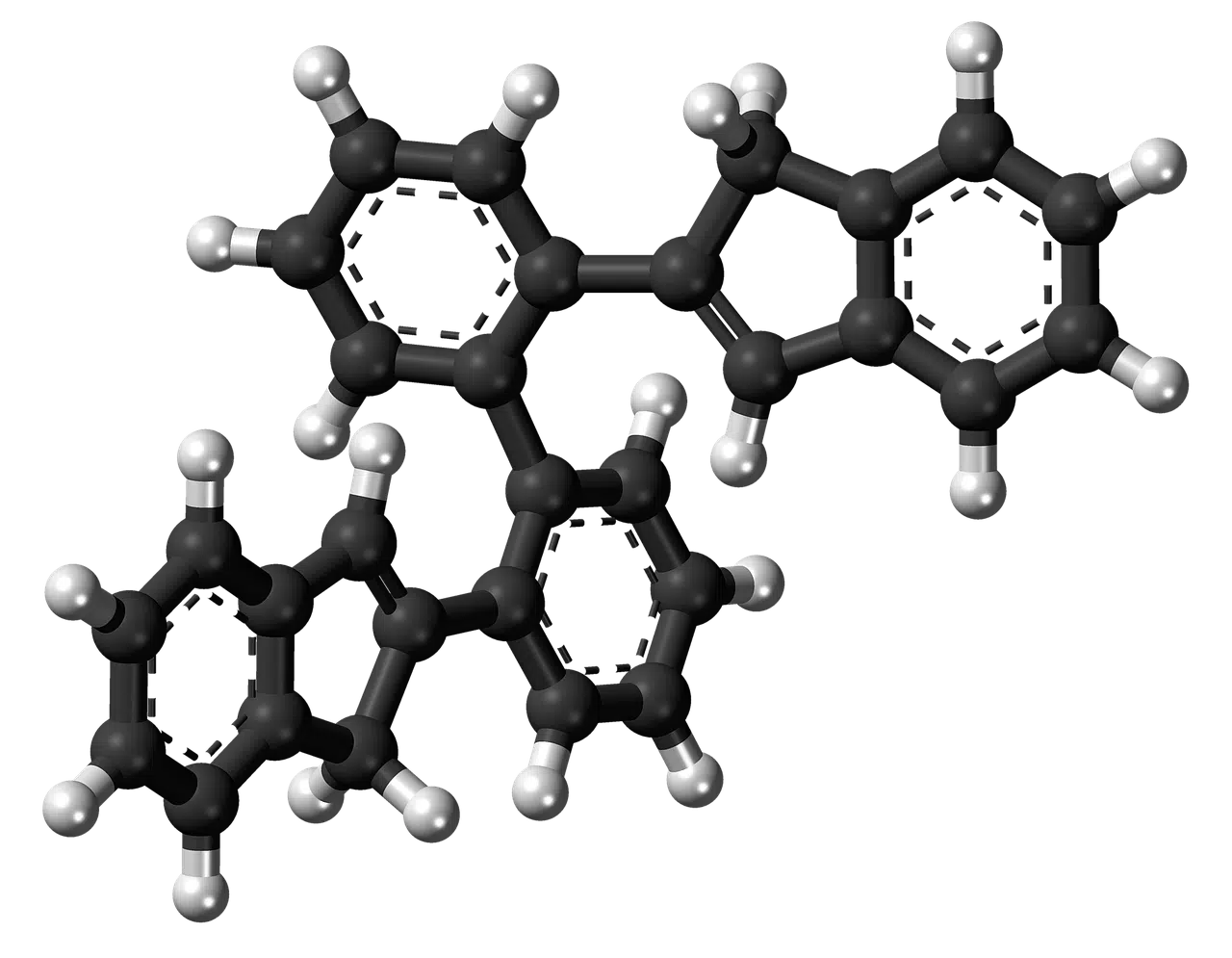
The smooth endoplasmic reticulum is found inside cells.
The smooth endoplasmic reticulum is a series of tubules and ducts found inside a cell . These tubes are joined together to allow the movement of certain substances and to develop different cellular functions.
To understand precisely what smooth endoplasmic reticulum is, we can break down the expression and analyze each word . A reticle is a framework or a set of different threads. Endoplasmic or endoplasmic , for its part, is linked to the endoplasm (a certain part of the protoplasm; that is, the living material that houses a cell). Smooth , finally, is that which lacks wrinkles or folds.
Characteristics of the smooth endoplasmic reticulum
There are two types of endoplasmic reticulum: smooth endoplasmic reticulum lacks ribosomes that are linked to the cell membranes , unlike rough endoplasmic reticulum . That is why the smooth endoplasmic reticulum continues into the rough endoplasmic reticulum.
Typically, smooth endoplasmic reticulum is reduced in cells. However, these organelles are abundant in hepatocytes, in cells responsible for secreting steroid hormones, and in striated muscle cells.
It should be noted that the smooth endoplasmic reticulum found in certain cells is known as sarcoplasmic reticulum since it adopts a specialized shape that allows it to store calcium .

The smooth endoplasmic reticulum participates in various organic processes.
Processes that develop
The cellular processes in which the smooth endoplasmic reticulum is involved are of great importance. Let's see a summary of them below.
Lipid synthesis
Much of the lipids necessary to make new cell membranes , including cholesterol and glycerophospholipids, are generated in the membranes of the smooth endoplasmic reticulum. Regarding the synthesis of sphingolipids (complex lipids derived from unsaturated aminoalcohol), although it mostly takes place in the Golgi apparatus , the synthesis of ceramide does occur in the reticulum.
It is important to note that only part of lipid synthesis takes place in the reticulum membranes; that of fatty acids, for example, begins in the cytosol (also known as cytoplasmic matrix or hyaloplasm , it is a gelatinous solution with a high water content), and then they are taken to the reticulum to be converted into glycerophospholipids.
Detoxification and glycogenolysis
Detoxification is understood as the process through which it is possible to transform ethanol or barbiturates (among other drugs and metabolites) into water-soluble compounds that can then form part of the urine. This process takes place mainly in the liver . Glycogenolysis, on the other hand, consists of breaking down glycogen (an energy reserve polysaccharide) to promote the release of glucose.
Glucose-6-phosphate dephosphorylation
Normally, glucose is stored in the liver, in the form of glycogen. Through the action of the hormones insulin and glucagon, the liver plays a fundamental role in providing glucose to the blood . Glycogen is degraded and glucose-6-phosphate appears, which cannot penetrate the membranes, which is why it cannot leave the cells. This residue is eliminated by glucose-6-phosphatase, a protein that is part of the smooth endoplasmic reticulum of the liver, so that glucose leaves the cell.
Intracellular calcium reservoir
In muscle cells, the smooth endoplasmic reticulum is known as sarcoplasmic reticulum and acts as a reservoir for calcium ions. When a nerve impulse reaches a motor neuron, acetylcholine is released and this leads to the membrane being depolarized and, consequently, the calcium ions reserved in the reticulum are released and directed to the cytosol, which activates muscle contraction .
